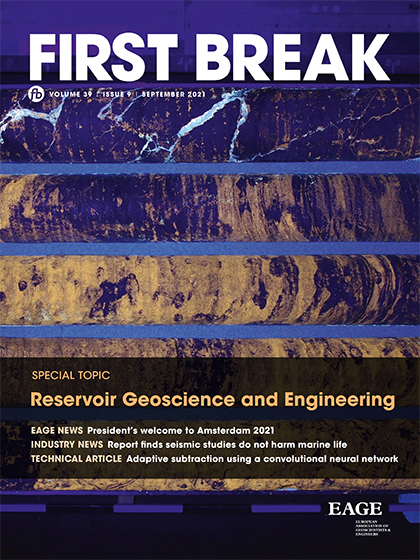
Full text loading...

Formation water salinity does not vary linearly with depth, proving its mobility and connectivity with salt bodies or fresh water. Does this influence enhanced recovery and nuclear waste repository location?, Page 1 of 1
< Previous page | Next page > /docserver/preview/fulltext/fb/39/9/fb2021069-1.gif
There is no abstract available.

Article metrics loading...

Full text loading...
References


Data & Media loading...

